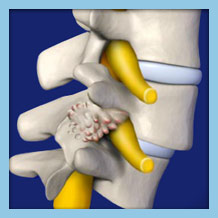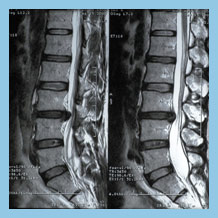

How Do I Know if I have Spondylolisthesis?
Symptoms of spondylolisthesis include local pain, pain that radiates into the arms or legs, depending on where your condition is. There may also be muscle tightness or stiffness in the area of the injury, as well as a reduced range of motion. Symptoms will worsen as the condition is allowed to progress. There are five grades of spondylolisthesis that represent how progressed your condition is.
Do you have any of these symptoms and think you may be suffering from Spondylolisthesis? We have a quick and easy tool to help gather some information from you to help us determine what your problem is and get you on the road to recovery.
What is the Right Treatment for Me?
Conservative spondylolisthesis treatment includes physical therapy with an emphasis on building core muscles to better support the spinal structure. A back brace may also be suggested to help align the spine. Anti-inflammatory medication may be helpful as well, pain medication may also be prescribed for short-term use. Only once conservative treatments have been exhausted should surgery be considered.
OLSS provides a wide range of treatment options and because our doctors are the most experienced and best trained in treating spondylolisthesis we are able to perform many advanced treatments other practices are unable to offer.
The real question is: What treatment is best to treat your spondylolisthesis? Use our Treatment Match tool to quickly get started in finding the right treatment for you.
